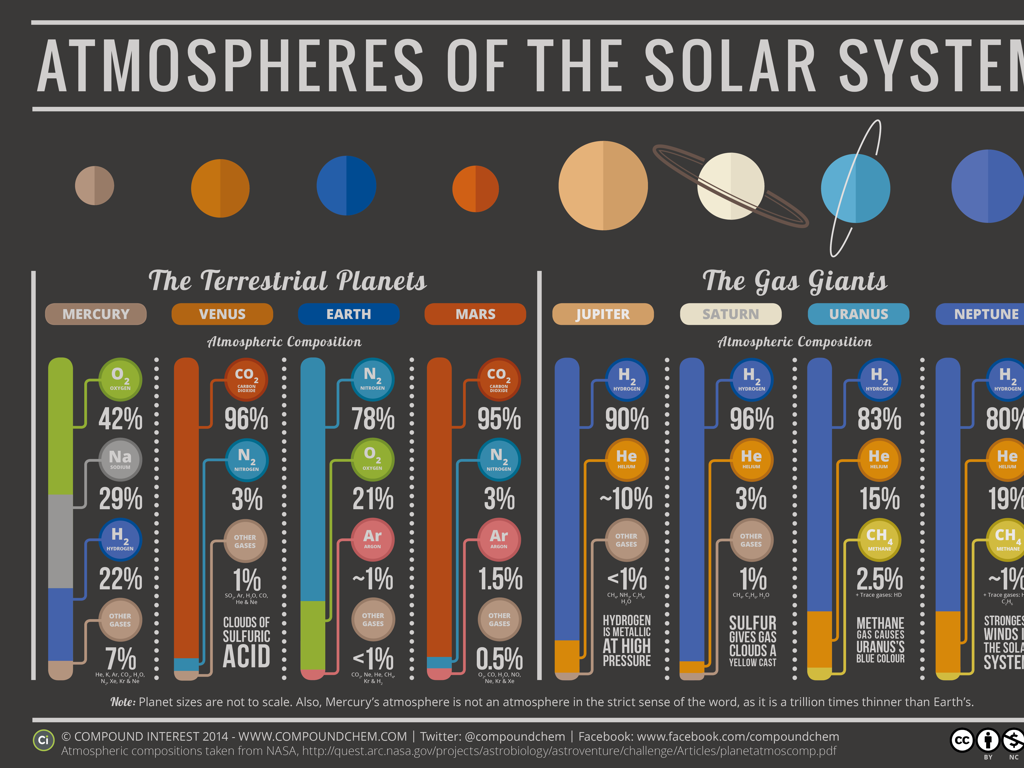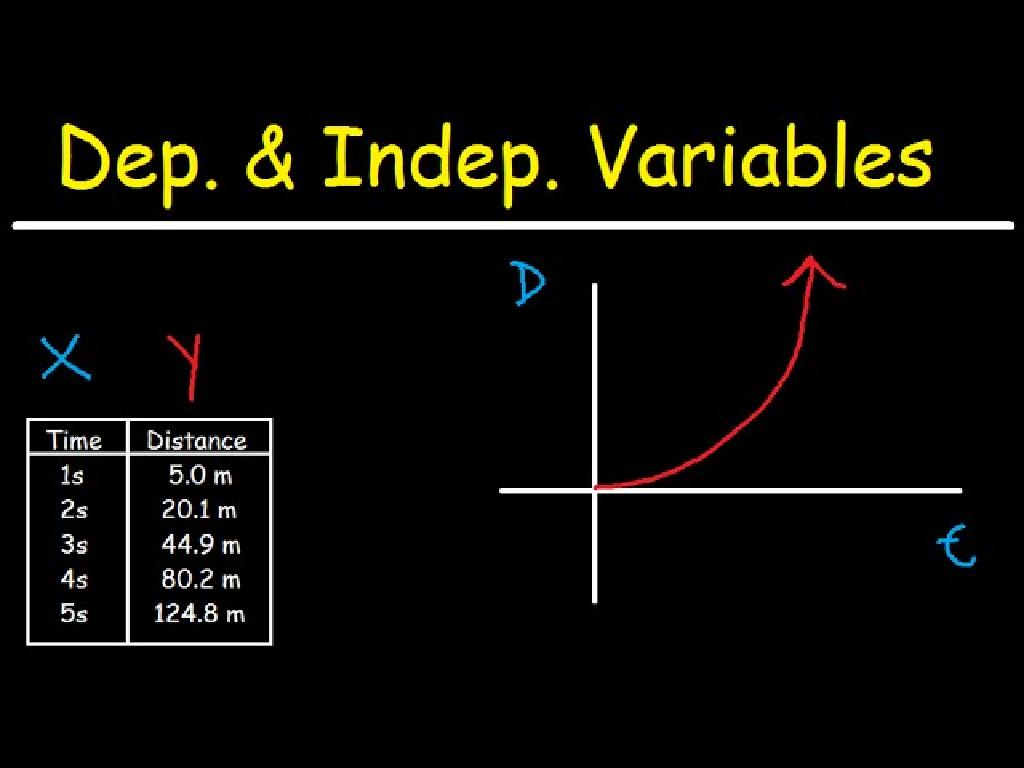Market Failure And The Role Of Government
Subject: Economics
Grade: High school
Topic: Ap /College Microeconomics
Please LOG IN to download the presentation. Access is available to registered users only.
View More Content
Introduction to Market Failure
– Define market failure
– Occurs when markets allocate resources inefficiently
– Real-world market failure examples
– Pollution: costs not reflected in product prices
– Significance of market failures
– Understanding failures is key to effective economic policies
– Government’s role in correction
– Interventions can include taxes, regulations, and public goods provision
|
This slide introduces the concept of market failure, where free markets fail to allocate resources efficiently, leading to a loss of economic welfare. Examples such as pollution demonstrate how external costs can lead to overconsumption of harmful goods. Understanding market failures is crucial for economists and policymakers to devise interventions that can correct these inefficiencies. The government can play a significant role in addressing market failures through various means, including taxation, regulation, and the provision of public goods. Discuss the balance between free market operations and government intervention, and how this balance is aimed at achieving the most efficient and equitable outcomes for society.
Types of Market Failure
– Public goods & market inefficiency
– Non-excludable & non-rival goods lead to underproduction
– Externalities affecting markets
– Costs/benefits not reflected in market prices, e.g., pollution
– Market power: Monopolies
– Single sellers dominate, limiting competition & choice
– Information asymmetry issues
– Unequal knowledge distorts consumer choices & market fairness
|
This slide introduces the concept of market failure, where markets do not allocate resources efficiently on their own. Public goods, like national defense, are typically underproduced in free markets because they are non-excludable and non-rivalrous, meaning they’re available to all and one person’s use doesn’t reduce availability to others. Externalities, such as pollution, occur when the full cost or benefit of an action is not captured in the market price, leading to over or underproduction. Monopolies represent market power, where a single seller controls the market, often leading to higher prices and reduced consumer welfare. Information asymmetry occurs when one party in a transaction has more or better information than the other, leading to choices that do not maximize welfare. The government can intervene to correct these failures through policies, regulations, and other mechanisms. Encourage students to think of examples of each type of market failure and consider how government intervention could potentially improve outcomes.
Public Goods and Market Failure
– Define Public Goods
– Goods that are non-excludable and non-rivalrous, like street lighting
– Explain the Free Rider Problem
– When individuals benefit from resources without paying for their cost
– National Defense: A Public Good
– National defense protects all citizens regardless of individual contribution
– Government’s Role in Provision
|
This slide introduces the concept of public goods, which are crucial to understanding market failure. Public goods are defined by their non-excludability and non-rivalry, meaning no one can be prevented from using them, and one person’s use doesn’t reduce availability for others. The free rider problem arises when individuals consume a good without contributing to its cost, which can lead to under-provision of the good. National defense is a classic example of a public good, as it is provided by the government to protect all citizens, regardless of their individual payment. The government’s role is to ensure these goods are available to the public, as the market may fail to provide them due to the free rider problem. Encourage students to think of other examples of public goods and discuss the implications of the free rider problem.
Understanding Externalities in Economics
– Differentiate positive & negative externalities
– Positive impact (vaccinations) vs. negative impact (pollution)
– Real-world externality examples
– Benefits of a park (positive) or noise from a construction site (negative)
– Graph externalities impact
– Show external costs/benefits on supply & demand curves
– Analyze externality correction
– Government intervention through taxes/subsidies to correct market
|
This slide aims to explain the concept of externalities, which are costs or benefits that affect third parties not directly involved in an economic transaction. Positive externalities, like the herd immunity from vaccinations, create benefits for others, while negative externalities, such as pollution, impose costs. Use real-world examples to illustrate these concepts, making them relatable for high school students. Graphical representation on supply and demand curves helps visualize how externalities affect market equilibrium. Discuss how government can intervene to correct these market failures, for instance, by taxing negative externalities or subsidizing positive ones, to achieve social efficiency.
Market Power and Market Failure
– Define Market Power and Monopolies
– Market power: when a firm controls prices/quantity in the market. Monopolies: Single sellers dominating a market.
– Monopolies’ role in Market Failure
– Monopolies can restrict output, raise prices, and reduce consumer surplus, leading to inefficient market outcomes.
– Antitrust Laws
– Laws that promote market competition and control monopolistic practices.
– Government Regulation
– Government interventions to correct market power abuses and protect consumers.
|
This slide introduces the concept of market power, focusing on monopolies and their impact on market failure. Market power occurs when a firm has significant control over the price or quantity of goods in a market. Monopolies, which are markets with a single seller, can lead to market failure by restricting output, raising prices, and reducing consumer welfare. Antitrust laws are designed to prevent monopolistic behaviors and promote competition. Government regulation is necessary to correct these market failures and ensure that markets operate efficiently, benefiting consumers and the economy. Discuss the historical context of antitrust laws and provide examples of regulation, such as utility companies or the breakup of AT&T.
Information Asymmetry and Government Intervention
– Defining Information Asymmetry
– Occurs when one party has more or better information than the other in a transaction
– Adverse Selection in Markets
– When buyers or sellers use their information advantage to gain unfairly, e.g., in insurance markets
– Understanding Moral Hazard
– When a party takes additional risks because they don’t bear the full consequences, e.g., with insured assets
– Govt. Role in Mitigating Asymmetry
– Regulations, transparency enforcement, and market monitoring to ensure fair transactions
|
Information asymmetry leads to market failure as it prevents markets from operating efficiently. Adverse selection occurs when one party in a transaction has information that the other party does not, leading to an imbalance in the transaction that can result in market inefficiencies or failures. Moral hazard is a situation where there is a risk that one party to a transaction has not entered into the contract in good faith, or has an incentive to take unusual risks in a desperate attempt to earn a profit before the contract settles. The government can play a crucial role in reducing information asymmetry through policies that promote transparency, such as requiring companies to disclose information, and through the regulation of markets to prevent fraud and ensure fair trading practices. This slide will explore these concepts and the importance of government intervention in correcting market failures due to information asymmetry.
The Role of Government in Market Failures
– Correcting market failures
– Govt. can use taxes, subsidies to fix market inefficiencies
– Addressing public goods & externalities
– Public goods are non-excludable & non-rival; externalities affect third parties
– Regulating monopolies
– Monopolies can lead to market power abuse; govt. regulates to protect consumers
– Implementing antitrust policies
– Antitrust laws prevent anti-competitive practices, ensuring fair competition
|
This slide outlines the government’s role in addressing market failures through various interventions. It’s crucial to explain that market failures occur when the free market does not allocate resources efficiently on its own. The government can step in with taxes and subsidies to correct these inefficiencies. Discuss the nature of public goods and externalities, and how government policies can help manage them. Regulation of monopolies is necessary to prevent the abuse of market power and protect consumer interests. Lastly, antitrust policies are laws designed to maintain competition and prevent monopolistic behaviors. Provide historical examples of each intervention and encourage students to think critically about the impact of these policies on the economy.
Evaluating Government Intervention in Markets
– Assessing intervention benefits
– Benefits include market stability, public goods provision, and equity.
– Understanding intervention costs
– Costs may involve taxes, market distortions, and administrative burdens.
– Recognizing government failure
– Government failure occurs when interventions cause inefficiency or harm.
– Case study: Environmental regulation
– Analyze the impact of regulations on environmental protection.
|
This slide aims to critically evaluate the role of government intervention in correcting market failures. Students should understand that while government intervention can provide public goods, correct externalities, and promote equity, it also comes with costs such as taxes, potential inefficiency, and administrative overhead. Government failure, a situation where intervention does more harm than good, is also a critical concept. The case study on environmental regulation will help students see these principles in action, examining how regulations can protect the environment but may also impose costs on businesses and consumers. Encourage students to think critically about the balance between benefits and costs in government policy-making.
Class Activity: Analyzing Market Failure
– Identify a market failure instance
– Discuss its type and impact in groups
– Types: Public goods, Externalities, Market power, or Information asymmetries
– Propose government interventions
– Subsidies, taxes, regulations, or public provision
– Present findings to the class
|
This activity is designed to engage students in practical analysis of market failures. Begin by explaining what market failures are and why they are significant in economics. Then, instruct students to identify either a local or global market failure, such as pollution (negative externality) or under-provided education (public good). In groups, they should discuss the type of market failure and its societal impact. Next, students will brainstorm potential government interventions to mitigate the failure, considering tools like subsidies for positive externalities or taxes for negative ones. Finally, each group will present their case study and proposed solutions to the class, fostering a deeper understanding of the role of government in correcting market inefficiencies. Provide examples like the Clean Air Act or public funding for education to guide their analysis.






